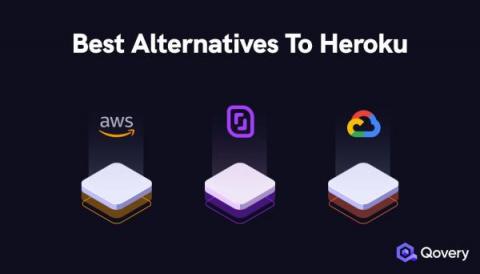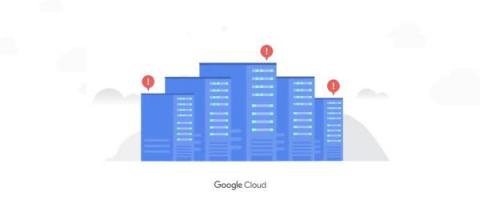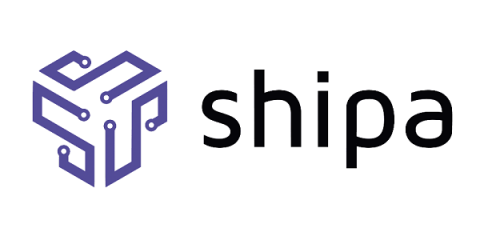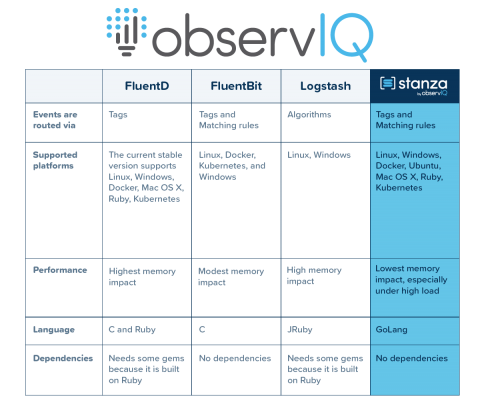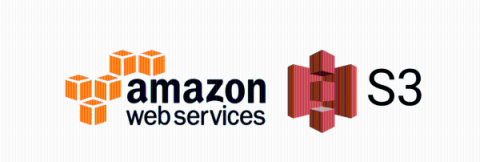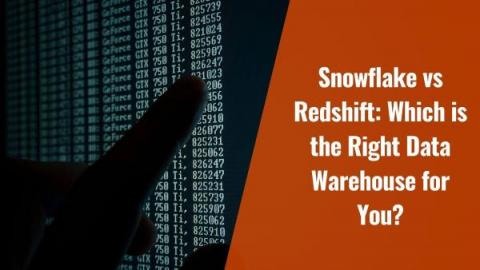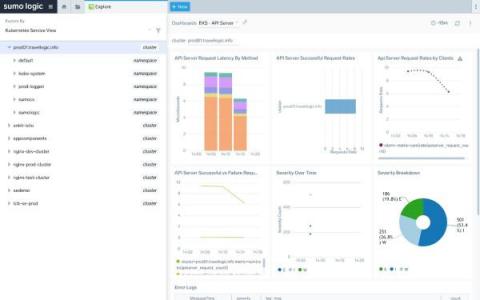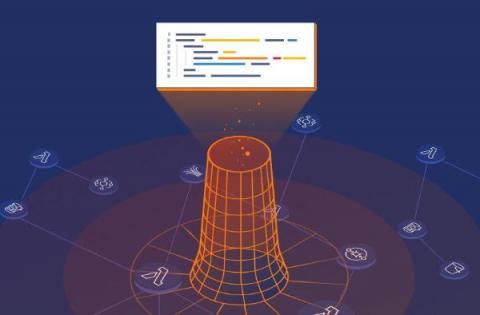Best Heroku Alternatives for 2022
So you’ve just created a new project and want to start distributing it, but you still don’t know how to manage its deployment. Then there’s the monitoring, network request, and a lot of other problems related to modern apps. At the same time, you want to avoid working directly with AWS due to its intricacy.


